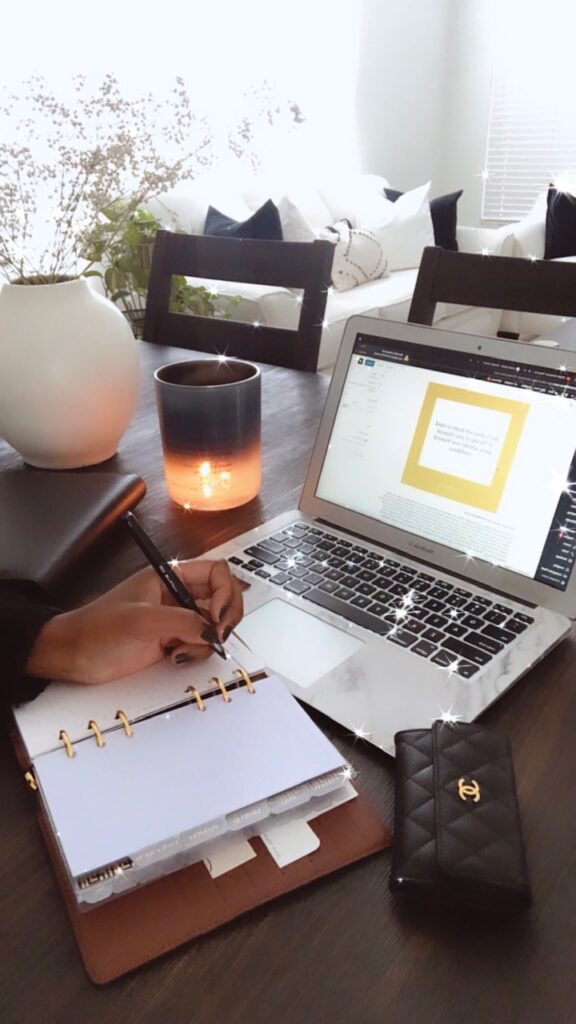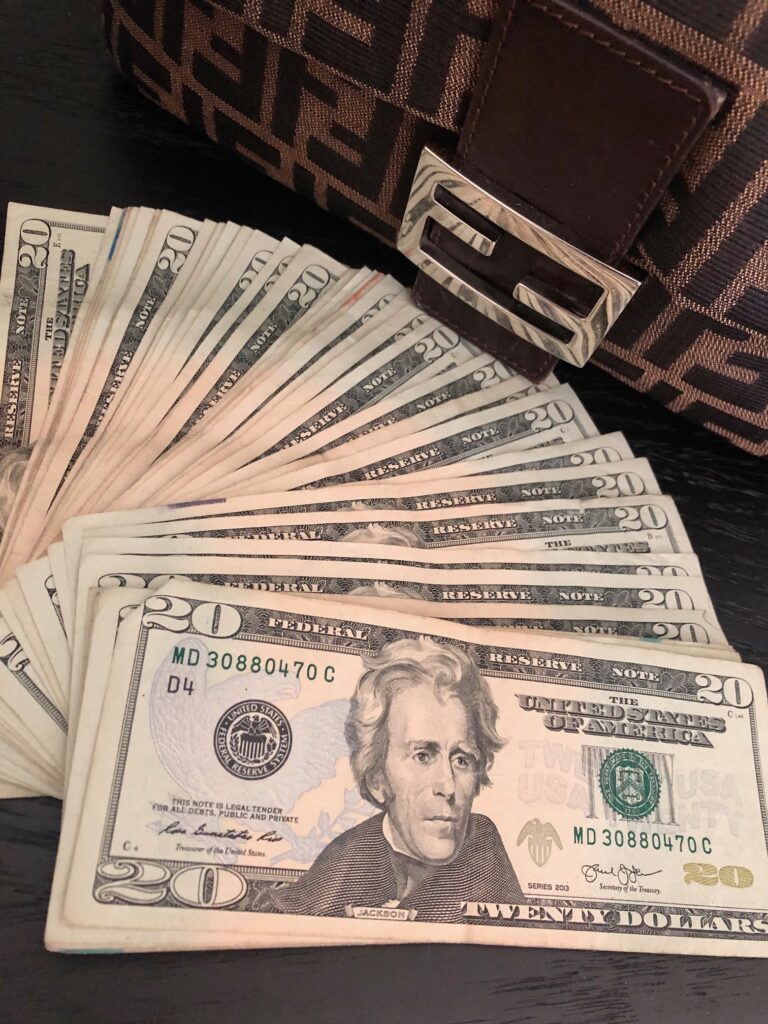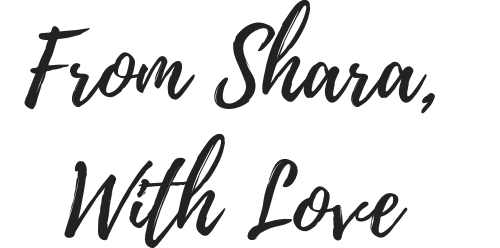Emergencies can happen at any moment. They’re never welcomed but invite themselves into our lives anyway without as much as a smoke signal or text message. So let me ask you if you were to face an emergency today, would you have enough money saved to cover it? According to Bankrate’s July 2021 Emergency Savings Survey, more than half of Americans (or 51 percent) have less than three months’ worth of expenses covered in an emergency fund. That total includes 1 in 4 Americans (or 25 percent) who indicate having no emergency fund at all — up from 21 percent in 2020. Painful to read and even more painful to live through but you don’t have to be a statistic.
During my 20s I was always agreeable to saving for a rainy day but never committed to actually saving money. Consumerism was my thing. Handbags, clothes, shoes, dining out, etc. had full grip on my wallet. It wasn’t until I faced a full-on emergency and had not a dollar to my name when I realized things had to change. I didn’t like the way I felt being broke and having to depend on my mother to bail me out. So I made a promise to myself that I would begin saving money and devised a plan. I started small, $20 here, $50 there, and every dollar amount in between until one day I had my first $1000 saved. I was proud for sure but knew it was only the beginning. I dreamed of one day having hundreds of thousands of dollars saved. As my goal is still alive and well, my hope is to get other women (and men) to do exactly the same. In this post, I cover in more detail what an emergency fund is, the importance of having an emergency fund, how much to save for an emergency fund, and the different ways to save for an emergency fund.

What is an Emergency Fund?
An emergency fund is a savings account or rainy day fund for unexpected expenses that are used as an alternative to debt-creating resources such as credit cards and high-interest rate loans or borrowing money from a friend/family. It’s an opportunity to be your own hero and save yourself in a time of need. The allocations, for example, could be used for repairs (car or home), medical expenses, an emergency flight, unpaid time off from work/unemployment, or to escape an unhealthy relationship or environment. An Emergency Savings Account is not meant to be long-term savings for college or retirement and is also kept separate from those accounts. Neither is it meant to be used to fund your latest shopping spree, after-work cocktails, takeout, or your weekly hair appointment. Although I can see how all those things can be deemed emergencies, for the sake of actually saving, there’s another account called a sinking fund that is more appropriate for that category.
*Side note: It is not mandatory to have traditional savings account in order to save for an emergency fund. Do not allow not having a savings account to be a barrier to starting your savings journey. In fact, I have two types of emergency funds myself. I have cash that I can get my hands on immediately, which I call my Grab-N-Go stash (If you’re an Ozarks fan you know exactly what I mean!) I also have traditional (regular savings) and non-traditional savings (Money Marketing) accounts that are used as emergency funds. Yes, plural…because I’m a maniac!

The importance of an Emergency Fund
Financial independence was the major reason for starting my emergency fund. Having lived through the 2008 Recession and now the COVID pandemic, I’m definitely making the right moves. People like to throw out the fact that I’m married. Yes, and? I am married, and yes, we do have joint finances, but ( and that’s a big BUT) it is beyond important and smart for me to have my own money. I’ve witnessed people in marriages that have gone sour and being left with nothing. Or remain in an unhealthy marriage because they have nothing saved. Although I don’t foresee that being my situation, I enjoy having my own money. There’s no harm in that I’m not secretly running around in the middle of the night dressed in all black stashing money away in a storehouse with Cardi B. Money playing in the background! My husband is fully aware of and supports me in having my own money. Honestly, I would question anything other than his full support but would save regardless. Also, this is not mutually exclusive to you alone. It’s also a great idea to have an emergency fund with your partner as well! Anyway, an emergency fund promotes confidence and allows you to move through life with peace of mind about the future.

How Much To Save and Where
Some financial advisors would say all you need is $1000 for an emergency fund. $1000 is not enough to cover multiple expenses, and depending on your lifestyle, it may not cover one expense. However, the beauty in this is you get to decide what your initial savings goal will be. If you want to start with $100, $500, or $1000 it is completely up to you. The idea here is to START! In the end, the goal is to save enough money to cover 3-6 months of expenses.
There are several different options available to use as your emergency fund account. I will talk about two here. The first and easiest way is through direct deposit into a traditional savings or money market account. Direct deposit into a savings account makes saving really easy. There’s nothing to do or think about. Every time you get paid, money is deposited into your account and you’re done! The only thing to think about is what your savings goal amount will be, the date you’d like to achieve it by, and then calculate how much is to be deposited to reach your goal in time (Google SMART goal). The second option is a bit more challenging, and that would be to withdraw cash whenever you get paid and put it away in a safe place. This takes discipline and should only be used by those who can keep their hands off their stash until an emergency arises. You’d also have to remember to withdraw the cash. In order to use this method, discipline is crucial.
Fun Ways To Save
You may have heard of some of the saving challenges like the 52-Week Savings Challenge, a dollar a day challenge, or the $1 and $5 challenge (change is received from a large bill, you save the $1 or $5 bills and deposit them into your savings account at the end of the month). Also, don’t sleep on the old-school method of saving loose change, wrapping it, and depositing it into your bank account. Change adds up and I would recommend going the extra mile and wrapping it as opposed to throwing it in a machine that charges a convenience fee. Most financial institutions don’t charge a fee unless your count is incorrect then they will deduct however much you owe from your account balance. So count correctly! For those that choose to go unbanked, some financial institutions may charge a fee.
If you’re just getting started $1000 may seem like a big goal. If so, start with a smaller savings goal of $100 and build from there. Consistency and discipline are key and remember to celebrate milestones along the way!

Extra Support
Need help getting started? See below for links to saving challenges, podcasts, and contact information for my personal financial advisor 🙂 Always feel free to comment below or DM me on IG.
52-Week Savings Challenge: https://www.clevergirlfinance.com/blog/the-52-week-savings-challenge/
Dollar A Day Savings Challenge: https://thesmartwallet.com/daily-savings-challenge/?articleid=47250
MyTaughtYou Podcast: https://www.podomatic.com/podcasts/myleik/episodes/2013-11-14T02_59_30-08_00
Personal Financial Advisor Cindie Riera: https://www.instagram.com/vazquezduo/
Instagram Finance Accounts:
https://www.instagram.com/thefinancebar/
https://www.instagram.com/clevergirlfinance/
https://www.instagram.com/myfabfinance/
With love,
S.
Good planning and hard work lead to prosperity, but hasty shortcuts lead to poverty. ~ Proverbs 21-5
